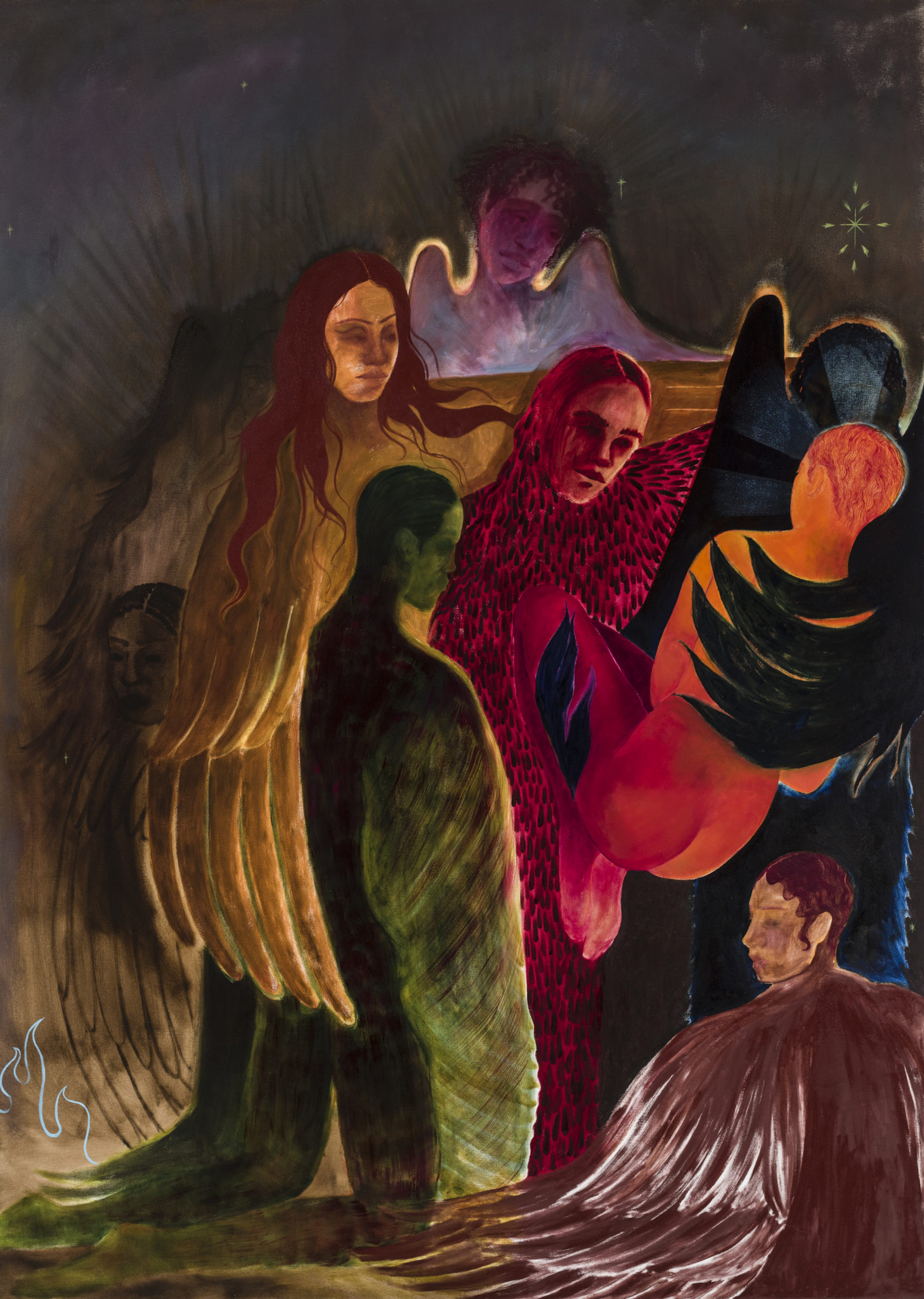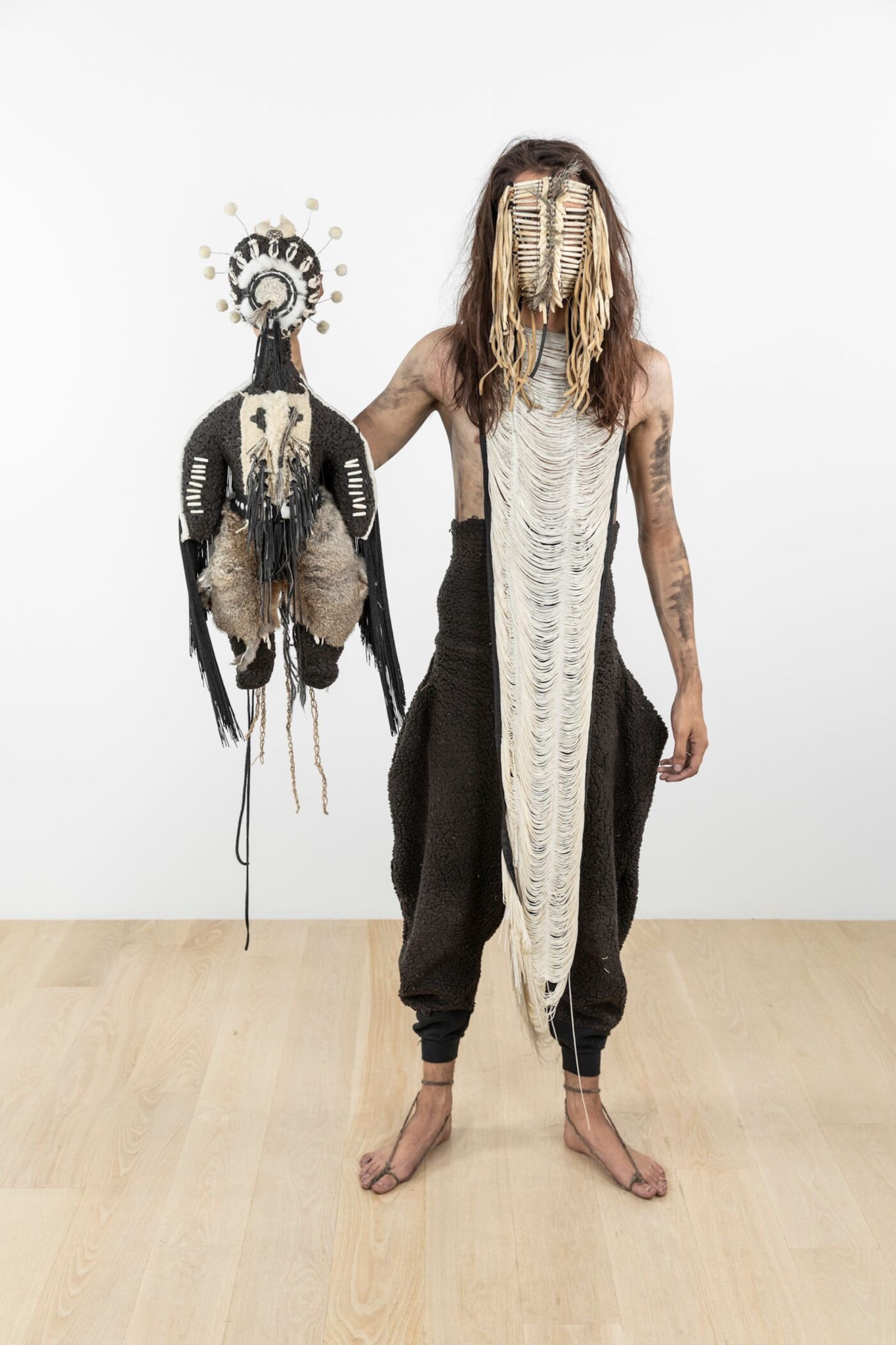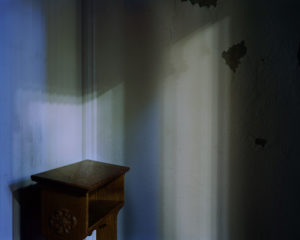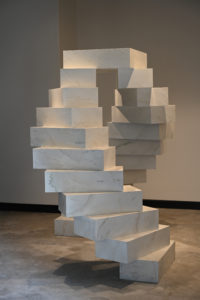Image: Prospect is a triennial in New Orleans. Until the pandemic, Prospect.5, for which you are co-artistic directors, was scheduled to open in fall 2020. It’s now slated for October 2021. Can you share a bit about how you’re supporting the creative community of New Orleans and the wider group of artists involved in Prospect during this strange interval?
Naima J. Keith & Diana Nawi: We’re trying to support that community in both concrete and abstract ways. Together with Grace Deveney, associate curator on Prospect, we recently organized a print fundraiser called “P.5 for NOLA” to support mutual aid and social justice organizations in New Orleans. The project includes Felipe Baeza, Willie Birch, Celeste Dupuy-Spencer, EJ Hill, and six more artists from Prospect.5.
We’ve also found that just being in touch with people, continuing the conversation, and checking in has felt, if not productive, at least helpful. It’s been good to try and maintain the sense of community we’ve been building to whatever degree possible, even from a distance. We want to stay engaged with the artists we’re working with, and in conversation with the city in whatever ways we can.

Naudline Pierre. Hold On, Hold Tight, 2019. Oil on canvas. 84 x 60 inches.
Image: New Orleans has seen its share of disasters and trauma, especially the long-term effects of Hurricane Katrina. What do you think the city knows about creativity and disaster that other places can learn from?
NJK & DN: New Orleans is an incredibly resilient city and a place in which culture plays such an important role. People there continue to create and commune, and it’s truly been inspiring for us.
Image: Even as a visitor, the city felt sodden with history to me. How do you prepare artists to engage with such a place?
NJK & DN: We sent them information and resources. New Orleans has such an outsized reputation, but all of the artists that visited or otherwise engaged with the city have gone in with seriousness and respect. Many artists in Prospect.5 have longstanding relationships to the city; for others it is their first encounter with this almost mythical place. We try to work with them around their interests and approach, and in particular to allow them to have conversations and collaborations with, and learn, from people on the ground there. Ultimately we selected this group of artists because their work bears a relationship to this place, to its gravity and its history.

Eric-Paul Riege. Regalia for Hóló˛–it xistz and…Son, yáázh, mijo…, 2019. Photo by Silvia Ros, courtesy of ICA Miami.
Image: Even before the events of 2020, you brought together a group of artists that is notably diverse and deeply socially engaged. Can you talk about some of those artists and how they’re reacting to the pandemic and protests reshaping the country?
NJK & DN: We’ve spoken with almost every artist in the show in the last six months, and like everyone else, their reactions and responses have been varied; some people have been energized and compelled to be in the studio, and some have needed to step back from their tangible creative work to preserve their energy or refocus their time.
We found that while many of the public projects we’ve been working on have required some rethinking, the majority of artists will stay the course in what they have been producing. For so many, the questions of this moment were already present, have always been present.
Image: It’s interesting that so many of the artists you’re featuring foreground not only their cultural heritage but religious practice, especially ritual. Is that something you looked for? Does it say something generally about artistic practice right now?
NJK & DN: For many years the notion of spirituality in art seemed sort of taboo, but we’ve both consistently worked with artists who draw on notions of ritual, religious iconography, the otherworldly, and spirituality in their work or process. For this project, we were interested not only in how artists address the traumas of history, but also in how it might be possible to live with them, even to transcend them. Art, creative practice, and spirituality all have a role to play in mourning and reconciling and being together. This has been showing up in the work of artists—and in the city itself.
Naima J. Keith is vice president of education and public programs at Los Angeles County Museum of Art, where she oversees youth, family, and school programs, as well as film and music. Previously, she led the curatorial and education departments at the California African American Museum.
Diana Nawi is an independent curator based in Los Angeles. Her most recent shows include Mark Bradford: Los Angeles at the Long Museum, Shanghai, and Michael Rakowitz: Dispute between the Tamarisk and the Date Palm at REDCAT, Los Angeles.








